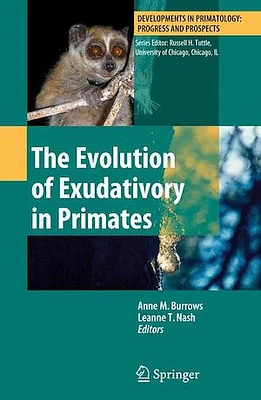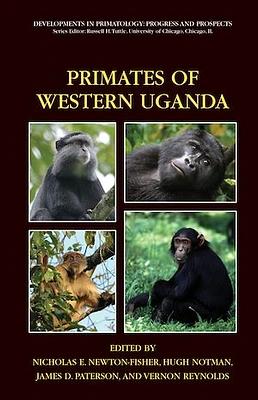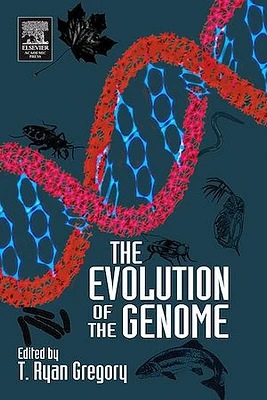Accueil
The Evolution of Exudativory in Primates

LIBRAIRIE CARCAJOU
The Evolution of Exudativory in Primates
De Librairie Carcajou
Current price: 207,24 $
Chargement de l'inventaire...
*Les informations sur le détaillant peuvent varier - pour confirmer la disponibilité du produit, le prix, l'expédition et les informations de retour, veuillez contacter LIBRAIRIE CARCAJOU
I first became involved in research into primate behavior and ecology in 1968, over 40 years ago, driven by a quest for a better understanding of the natural context of primate evolution. At that time, it was virtually unknown that primates can exploit exudates as a major food source. I was certainly unaware of this myself. By good fortune, I was awarded a postdoctoral grant to work on lemurs with Jean-Jacques Petter in the general ecology division of the Muséum National d’Histoire Naturelle in Brunoy, France. This provided the launching-pad for my first field study of lesser mouse lemurs in Madagascar, during which I gained my initial inklings of exudate feeding. It was also in Brunoy that I met up with Pierre Charles- Dominique, who introduced me to pioneering observations of exudate feeding he had made during his field study of five lorisiform species in Gabon. This opened my eyes to a key feeding adaptation that has now been reported for at least 69 primate species in 12 families (Smith, Chap. 3) – almost 20% of extant primate species. So exudativory is now firmly established as a dietary category for p- mates, alongside the long-recognized classes of faunivory (including insectivory), frugivory, and folivory. Soon after I encountered Charles-Dominique, he published the first synthetic account of his Gabon field study in a French language journal (Charles-Dominique 1971).






















